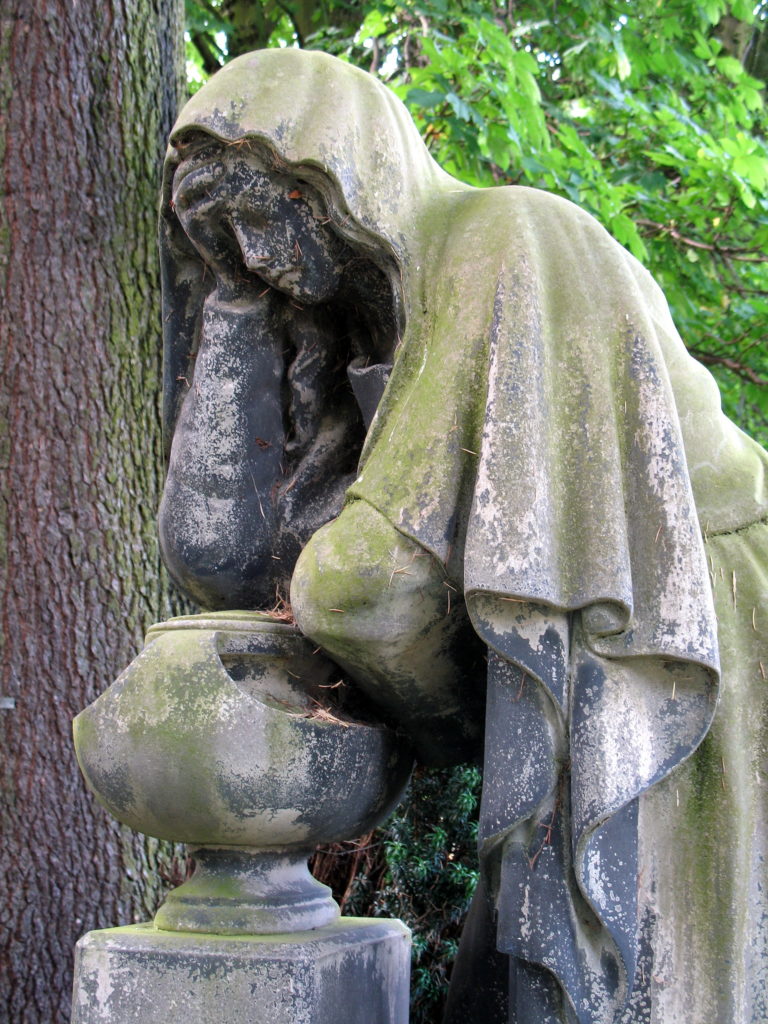Rebuilding trust after patient harm
Alexandra was born profoundly disabled following a forceps delivery. She died three days later. For Alexandra’s parents the time following her death was one of unimaginable suffering, made all the worse by how the hospital dealt with them.
In Murray Anderson Wallace’s short film Alexandra’s Story, her mother Beatrix Futák-Campbell explains the profound need for a clear and honest explanation of how things had gone so horribly wrong in her case, a need the hospital failed to meet.
Beatrix had been planning to give birth at home, but with Alexandra two weeks overdue she was admitted to hospital to have labour induced. During a labour of more than 40 hours, Beatrix and her husband Craig asked repeatedly for their baby to be delivered by caesarean section. Instead, an instrumental delivery using Keilland’s forceps was performed. Beatrix’s testimony is an eloquent plea to care providers to do better by patients and families when people are harmed during the course their care.

Grieving woman memorial, Dean Cemetery Edinburgh by Spencer Means CC BY-SA 2.0
Drawing on my research and the testimony of people who have experienced things going wrong, Murray Anderson Wallace and I have identified seven domains of ethical practice following healthcare harm.
Restoring trust after healthcare harm – seven domains of practice
We have used detailed descriptors across the seven domains to prompt evaluation of current practice and identify practical, sustainable improvements. We help organisations to go beyond thinking about compliance and focus instead on what needs to be done to restore the trust and confidence of patients, their supporters, and care staff.
Practice 1 requires effective avenues for patients to offer critical accounts of care. Even when things go badly wrong, as they did for Beatrix and Craig, some patients do not want to turn their story into a complaint. Other patients will want very much to make a formal complaint. If they do, they should meet with an open, measured response.
Practice 2 describes supportive disclosure of harm. The more usual term is ‘open disclosure’, but openness alone is not enough. Disclosure also needs humanity, sensitivity, a continuing relationship with time to ask questions, thoughtful support, and practical help when it is needed.
Practice 3 concerns support for clinical teams. When care goes wrong, clinicians can be deeply distressed as well as fearful of repercussions. Support for professionals should acknowledge their needs, reinforce clinical competence, and foster a culture of fair accountability.
Practice 4 focusses on finding answers about what happened. People need to understand what went wrong, and make sense of the bewildering turn of events that has overtaken them. Serious cases, or those with a complex history, call for transparent and impartial inquiry.
Practice 5 points to the importance of an effective action plan to prevent similar events in future. Hearing what will be done to protect other patients from harm rebuilds trust by demonstrating that professionals are truly taking responsibility for things that patients cannot control.
Practice 6 deals with how to make good. Familiar forms of restitution to patients include formal apology, agreement on future preventative action, and monetary compensation. But there is scope to be far more imaginative.
Practice 7 concerns accountability. Relationships of trust create an obligation on professionals to give an explanation of their actions. Providers who uphold professional accountability reinforce trust in themselves and the wider institutions of healthcare.
You can watch all of Murray Anderson Wallace’s films about experiences of healthcare harm on www.patientstories.org.uk.
